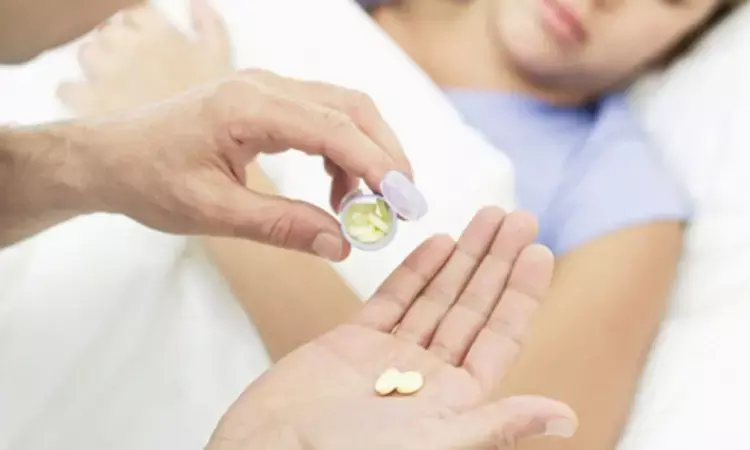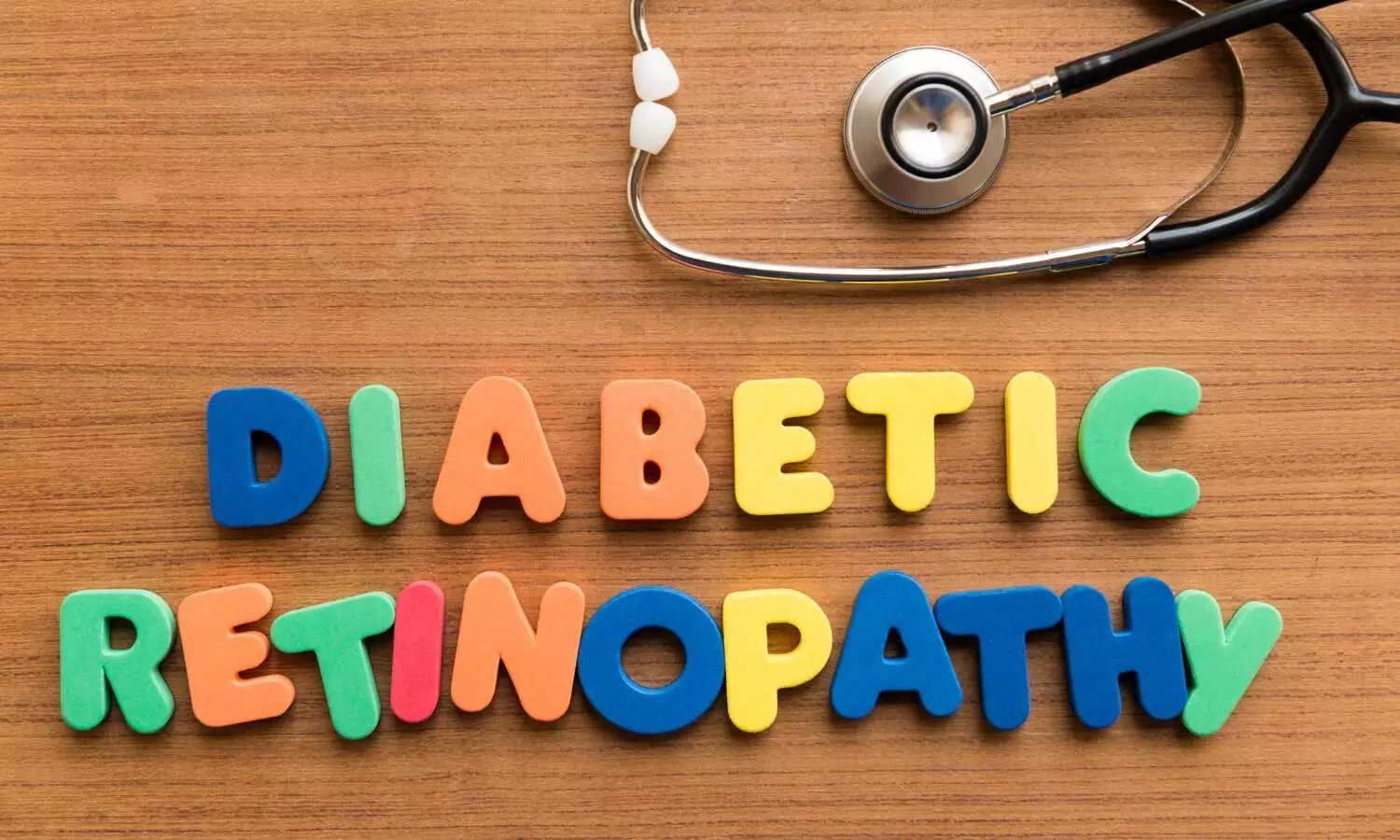- Home
- Medical news & Guidelines
- Anesthesiology
- Cardiology and CTVS
- Critical Care
- Dentistry
- Dermatology
- Diabetes and Endocrinology
- ENT
- Gastroenterology
- Medicine
- Nephrology
- Neurology
- Obstretics-Gynaecology
- Oncology
- Ophthalmology
- Orthopaedics
- Pediatrics-Neonatology
- Psychiatry
- Pulmonology
- Radiology
- Surgery
- Urology
- Laboratory Medicine
- Diet
- Nursing
- Paramedical
- Physiotherapy
- Health news
- Fact Check
- Bone Health Fact Check
- Brain Health Fact Check
- Cancer Related Fact Check
- Child Care Fact Check
- Dental and oral health fact check
- Diabetes and metabolic health fact check
- Diet and Nutrition Fact Check
- Eye and ENT Care Fact Check
- Fitness fact check
- Gut health fact check
- Heart health fact check
- Kidney health fact check
- Medical education fact check
- Men's health fact check
- Respiratory fact check
- Skin and hair care fact check
- Vaccine and Immunization fact check
- Women's health fact check
- AYUSH
- State News
- Andaman and Nicobar Islands
- Andhra Pradesh
- Arunachal Pradesh
- Assam
- Bihar
- Chandigarh
- Chattisgarh
- Dadra and Nagar Haveli
- Daman and Diu
- Delhi
- Goa
- Gujarat
- Haryana
- Himachal Pradesh
- Jammu & Kashmir
- Jharkhand
- Karnataka
- Kerala
- Ladakh
- Lakshadweep
- Madhya Pradesh
- Maharashtra
- Manipur
- Meghalaya
- Mizoram
- Nagaland
- Odisha
- Puducherry
- Punjab
- Rajasthan
- Sikkim
- Tamil Nadu
- Telangana
- Tripura
- Uttar Pradesh
- Uttrakhand
- West Bengal
- Medical Education
- Industry
High dose canagliflozin effective in achieving good blood sugar control in T2 Diabetes

Intensifying the dose of canagliflozin therapy from 100 mg/day (CANA100) to 300 mg/day (CANA300) has effectively and significantly reduced the fasting plasma glucose levels, blood pressure, HbA1c, and weight in patients with type 2 diabetes (T2DM). The switch was particularly effective in patients with higher baseline HbA1c levels.The study was published in the Journal of Clinical Medicine.
Sodium-glucose cotransporter type 2 (SGLT-2) inhibitors are orally administered glucose-lowering drugs (GLDs) that enhance urinary glucose excretion (UGE), leading to an effective reduction in pre- and postprandial glycemia, HbA1c, body weight, and blood pressure (BP) in patients with type 2 diabetes. These also have significant cardio- and renoprotective effects. Canagliflozin 300 mg (CANA300), an SGLT-2 inhibitor has the unique feature of inhibiting the sodium-glucose cotransporter type 1 (SGLT-1) in the small intestine, leading to reduced postprandial blood glucose levels. Real-world evidence from some studies has shown that intensifying the dose of canagliflozin from 100 mg/day to 300 mg/day in patients with suboptimal metabolic control will achieve better glycemic control. Hence researchers conducted a retrospective multicenter study in Madrid, Spain to assess the effectiveness and tolerability of increasing the canagliflozin dose from 100 mg/day to 300 mg/day in patients with T2DM and suboptimal metabolic control.
Adult patients with T2DM who initiated treatment with CANA100 and subsequently required intensification to CANA300, an estimated glomerular filtration rate (eGFR) ≥ 60 mL/min/1.73 m2 and with a duration of 6 months from the intensification were enrolled in the study. The primary outcome measures were changes in HbA1c and weight at 6 months after the switch and the end of the follow-up period.
Key findings:
- About 317 patients met the inclusion criteria. Out of them there were 59.6% male, mean age 62.2 years, baseline HbA1c 7.55%, weight 88.6 kg, median duration of treatment with CANA100 was 9.9 months.
- There was a significant reduction in HbA1c and weight after switching to CANA300 over a median follow-up period of 20.8 months.
- There was an increase in the proportion of patients that achieved HbA1c < 7% from 26.7% with CANA100 to 51.6% with CANA300 (p < 0.0001).
- Among individuals with poor baseline glycemic control (HbA1c > 8%, mean 9.0%), HbA1c was significantly reduced by −1.24% (p < 0.0001).
- Significant improvements were also observed in other factors like the fasting plasma glucose (FPG), blood pressure (BP), liver enzymes, and albuminuria.
- No unexpected adverse events were reported.
Thus, in a real-world setting, intensifying the treatment and switching to CANA300 resulted in further significant and clinically relevant reductions in FPG, HbA1c, weight, and BP in patients with T2DM.
Further reading: Effectiveness and Tolerability of the Intensification of Canagliflozin Dose from 100 mg to 300 mg Daily in Patients with Type 2 Diabetes in Real Life: The INTENSIFY Study.J. Clin. Med. 2023, 12(13), 4248. https://doi.org/10.3390/jcm12134248
BDS, MDS
Dr.Niharika Harsha B (BDS,MDS) completed her BDS from Govt Dental College, Hyderabad and MDS from Dr.NTR University of health sciences(Now Kaloji Rao University). She has 4 years of private dental practice and worked for 2 years as Consultant Oral Radiologist at a Dental Imaging Centre in Hyderabad. She worked as Research Assistant and scientific writer in the development of Oral Anti cancer screening device with her seniors. She has a deep intriguing wish in writing highly engaging, captivating and informative medical content for a wider audience. She can be contacted at editorial@medicaldialogues.in.
Dr Kamal Kant Kohli-MBBS, DTCD- a chest specialist with more than 30 years of practice and a flair for writing clinical articles, Dr Kamal Kant Kohli joined Medical Dialogues as a Chief Editor of Medical News. Besides writing articles, as an editor, he proofreads and verifies all the medical content published on Medical Dialogues including those coming from journals, studies,medical conferences,guidelines etc. Email: drkohli@medicaldialogues.in. Contact no. 011-43720751



